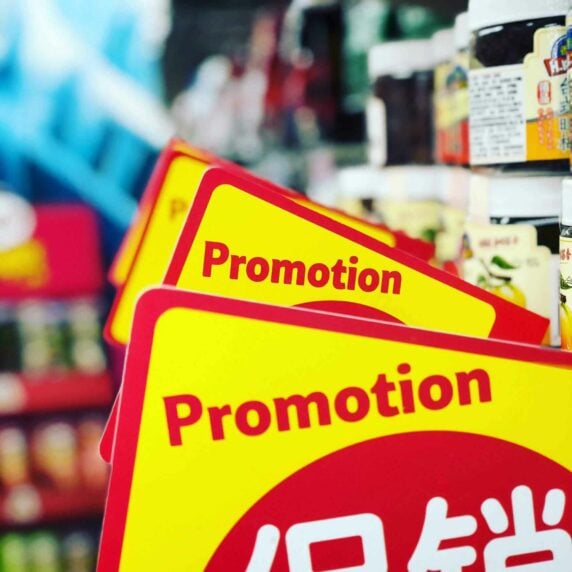Multi-Echelon Inventory Optimization and Fast Time-to-Benefit
Multi-echelon inventory optimization (MEIO) may sound like a mouthful, but the concept is simple—create the best strategy, across the multiple stages of your supply chain, to fill demand in a way that optimizes working capital, margin attainment or some other operational/financial metric.
MEIO was pioneered more than 15 years ago, so the concept is not new. But MEIO has matured, become increasingly reliable and robust, and more user friendly. It’s more systematic, and more integrated into broader supply chain planning. And it can be highly automated, with an extremely low cost of ownership —delivered via hosted or on-premises software or as a low-cost, cloud-based target inventory setting service. It may not quite be as simple as the “easy button” depicted above, but it has come a long way in that direction.
Gartner now calls MEIO “early mainstream”, which is a good thing—proven enough for confident adoption, yet fresh enough to gain significant ROI and potentially even competitive advantage. At ToolsGroup, about 15% of our customers purchase add-on inventory optimization solutions to an existing supply chain planning (SCP) system, while 85% purchase inventory optimization as part of a more comprehensive SCP solution that includes demand forecasting, demand sensing or replenishment planning.
Sean Willems, associate professor at the Boston University School of Management, says in an article titled How Supply Chain Inventory Optimization Opens Pathways to Profitability, “Born as an advanced algorithmic approach to understanding and quantifying the propagation of demand and supply uncertainties across a multi-level supply chain, inventory optimization is now recognized by leading companies as a core competency critical to their success.”
MEIO routinely generates million-dollar ROIs via increased service levels, less stock-outs, and faster inventory turns. A 10-30 percent cut in total inventory is common. Wikipedia reports that a study by IDC Manufacturing Insights found that organizations that utilized inventory optimization generally reduced inventory levels by up to 25 per cent in one year and enjoyed a discounted cash flow above 50 per cent in less than two years.
Here are a few examples. Internet retailer Wayfair reduced ‘unhealthy’ distressed or aged inventory by 50 percent, and increased inventory turns by 25 percent service. One of the world’s largest distributors of electronics and maintenance products, RS Components, reduced inventory by more than $3 million within one month. The oral care division of a Fortune 200 CPG company cut inventory by more than 25% while simultaneously improving service levels, then rolled the solution out globally, saving $ billions.
Using the ToolsGroup solution as an example, here is how MEIO works. It performs an intelligent, simultaneous, global optimization over a large assortment of SKU-Locations—considering other SKUs up and down the supply chain—to find the most globally efficient balance between upstream and downstream inventory.
Statistical demand and inventory models describe the relationship between inventory and customer service, identifying the right stock mix to meet service targets. Rather than designate a “one size fits all” service target to all SKUs in a group, it assigns different targets to each individual SKU-Location—driving inventory savings while achieving the same overall service level mix.
For manufacturers, it handles multi-level Bill-of-Material (BOM) conversions back to raw materials while considering production resource capacities. Upstream production “pushes” based on forecasts; downstream assembly is “pulled” by market demand. Adequate levels of materials, subassemblies, and finished goods are staged to assemble on demand within acceptable service times. This trade-off establishes the best decoupling point for each product, and solves the inventory staging problem using postponement strategy.






